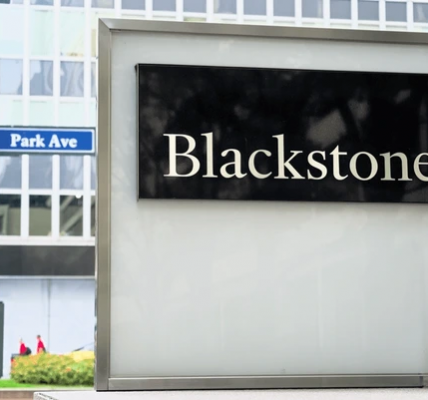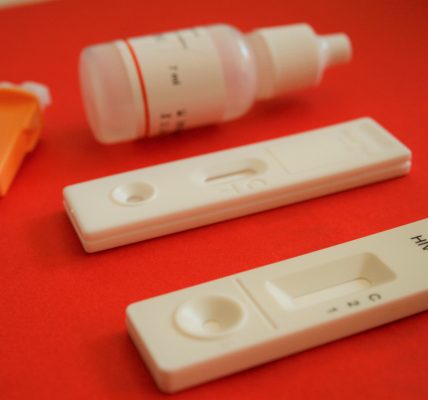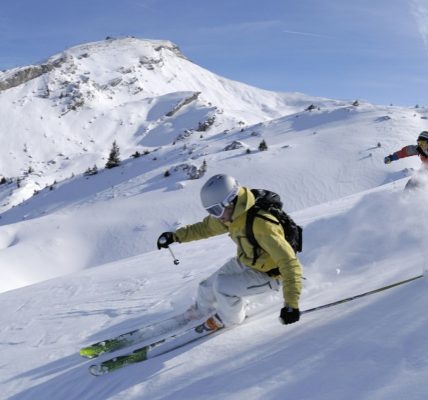The Nordic countries, often praised as the happiest, safest and most reliable countries in the world, are facing a growing threat: a rise in gang violence. This emerging trend seeks to threaten their reputation, especially in Sweden, where the problem is most rampant. Sweden now has one of the highest gun rates in the EU, as well as the highest per capita rate of gun violence in the EU. However, the issue is not confined to Sweden alone; it poses risks to long term economic growth and social welfare in neighbouring Nordic countries, and challenges long-held perceptions of happiness and safety in these nations.
Sweden as an epicentre
Sweden’s emergence as the epicentre of rising gang violence stems from a complex combination of social, economic, and policy-related factors.
At the peak of the migrant crisis in 2015, Sweden had one of the most relaxed and generous immigration policies. Nearly a decade later, challenges within social integration and cultural assimilation have emerged. Swedish far-right political groups correlate the rise in gang crime due to these challenges. However, causes are multifaceted, including socioeconomic inequalities, psychological issues, and the illegal drug trade.
Socioeconomic inequalities
Immigrants in Sweden face a lot of socioeconomic inequalities. Firstly, the presence of immigrant heavy neighbourhoods, especially in Swedish cities like Stockholm, Gothenburg and Malmö, has led to social segregation, causing what the Swedish Prime Minister Magdalena Andersson calls “parallel societies”. However, almost all Swedish cities have at least one vulnerable area, where immigrants make up a majority of the population (Milne, 2023). These areas are often in neighbourhoods where social housing was built in the 1960’s and 1970’s as part of state welfare, yet have now become synonymous with inequality. Inequalities are felt from a young age, making it easier for gangs to recruit children. Children as young as thirteen are recruited, predominantly as youth receive lighter sentences once a crime is committed, meaning they are valuable assets to gangs.
Parallel societies have caused social exclusion, including a lack of integration in society, as well as economic hardship. Sweden has the fastest rising levels of inequality, more than any other developed country, which contributes to the rift between the well off and the working class. Many immigrants rely on financial aid, fuelling debate especially among the far right. Furthermore, Sweden’s welfare system is now privatised, meaning services in deprived and vulnerable areas are worse. This can range from education to healthcare.
Social exclusion is only worsened by feelings of marginalisation by children born in Sweden, to immigrant parents. There is a disproportionate representation of second generation immigrants in gang crime activities, as many feel shut out from society, despite being born in Sweden. Many Swedes do not accept or look down upon immigrants. This leads to a negative psychological effect, according to Jens Lapidus, who is a former criminal defence lawyer who represented many gang members born in Sweden. This only encourages crime and gang violence.
Both politicians and civilians criticise the response of the Swedish government for being passive and inadequate, consequently allowing issues escalate, unaddressed. As a result, the government is now tightening immigration policies, but that does not help to integrate immigrants who have been settled in Sweden for a number of years. Furthermore, Amnesty International has been critical of Sweden for tightening policies, claiming it causes human suffering and makes integration even harder.
The drug trade
A large driver for the presence of gang violence is due to the illegal drug trade. Much of this is connected to higher level criminals and criminal leaders, often based out of other countries. The port of Oslo is the preferred port in Europe for criminal gangs to smuggle drugs, making cross border collaboration between gangs rampant, causing concern for the other Nordic countries.
Issues beyond Sweden
Open borders between Denmark, Sweden, Norway and Finland have only facilitated the spread of gang violence and crime across the region, highlighting how interconnected criminal networks are. For some gangs, recruitment takes place across the Swedish Norwegian border. They target young boys living in “HVB-Hem”, which are social housing institutions built for youth suffering from different forms of mental or physical trauma (Möller and Matrone, 2024). Many crimes across borders have already been registered, including the arrest of members of the Stockholm gang Dödspatrullen in Helsinki, after a drug and firearm seize, and 25 instances of Swedish gang members being hired by Danish gangs to carry out crimes.
Potential solutions
Considering developments in Sweden, the other Nordic countries are placing laws and regulations to combat rising gang crime, both across borders and nationally as well. In cooperation, Nordic police have joined forces and are now sharing real time information among each other, in hopes of identifying crime at an earlier stage. Furthermore, a specialist hub is being set up in Stockholm, including police officers from Finland, Norway and Denmark, to increase cooperation. Furthermore, the Swedish police is working alongside the Norwegian police to build a police station on the border, to crack down on cross border gang activities.
Norway
Norway has enacted the “Gang Package II”, a package of 280 million USD for increasing police presence on the streets, funding for courts, prison staff, child welfare services, as well as schools. Child welfare services and schools will use the funding as a preventative measure, to keep children away from gang recruiters. In Norway, gang crime is on the rise, with a 28% increase in the number of crimes committed by children and youth from 2022 to 2023 (Berglund, 2024).
Finland
Finnish police introduced two new task forces specifically tasked with combating street gangs, in hopes to reduce it significantly. Furthermore, 43 new measures have been introduced to combat youth gang violence, with a mixture of prevention and intervention. These range from lowering the age of detainment for questioning, as well as tougher sentencing for firearm related offences. A prevention measure introduced is the policing of rap music, as many Finnish rappers will draw from their own experiences within gangs. Finland is also encouraging that while the police are playing their part, all of society needs to be involved to end gang violence. Finland has an estimated 350 affiliated gang members.
Denmark
Similarly to Finland, Denmark has proposed 39 new measures to fight gang crime. This is the fourth package to fight gang crime, and is stricter than the previous three, with the inclusion of harsher punishments for knife violence, and extending the power of the police. For the 2025-2027 period, 150 million Danish kroner have been set aside for anti gang measures, corresponding to approximately 22 million USD.
Both Denmark and Finland have been outspoken in the media not wanting to turn out like Sweden, with Danish Justice Minister Peter Hummelgaard citing Sweden having a “sick” culture of violence not wanted in Denmark (Ahlander, 2024).
Sweden
Sweden is implementing comprehensive policies to address gang violence. There is a focus on early intervention and youth protection, such as intervening in the lives of children that come from vulnerable areas, without parental consent. This is to ensure they remain in school, and away from the influences on the street.
Furthermore, the long term nature of the challenge has been accepted, as Swedish officials have started anti-gang programs as early as kindergarten. This is based on the understanding that it may take Sweden up to a decade to significantly reduce the risk of children falling into criminal lifestyles.
There is also new legislation on crime, with longer sentences, and criminalising youth recruitment. Furthermore, changes in law have extended the authority and powers of the police, allowing monitoring and future laws suggesting bugging devices as a form of monitoring. However, the question remains of if it is productive to be tough, or if it will only promote and perpetuate criminal behaviour (Lindelöf and Land, 2024).
By embedding these policies and methods, the governments of the different Nordic countries aim to control and eradicate gang crime, creating a lasting impact on future generations.
Maintaining Perspective
Despite the rising trend of gang violence, the Nordic countries still remain safe by global standards. Life in the Nordic suburbs, a theme featuring in Nordic rap music, cannot be compared to the severe conditions associated in other gang-ridden areas, like “the Hood” in the US (Åberg and Tyvelä, 2023).
The Nordic countries now face a challenge in addressing these issues effectively, while maintaining their core values of equality and social welfare- the values that have long defined societal standards and contributed to their global reputation.






